NOTE FROM EDITOR: This content honors Compassion’s historical work in India. While we no longer have an India sponsorship program, we are grateful for the lives changed and meaningful work achieved through our sponsors and donors in our nearly 50 years there. For a detailed explanation of the end of our sponsorship program in India, please visit: compassion.com/india-update.
In a country…
… that has 18 percent of the world’s population but only 4 percent of its water resources
… where 21 percent of communicable diseases occur due to use of unsafe water
… where diarrhea claims more than 1600 lives each day
… and where 59 percent of people who practice open defecation reside…
Staff members at one child development center took the matter of lack of access to clean sustainable water and sanitation into their own hands and mobilized their community into action.
In a rural community in the state of Madhya Pradesh in India, we have been working to care for 267 children and their families through our Child Sponsorship Program since July of 2011.
Access to clean drinking water during the summer was a big challenge for this community. Insufficient rain over the last few years has resulted in a sudden drop in the ground water level, causing acute water shortage during the summertime, a perennial problem in this region of India.
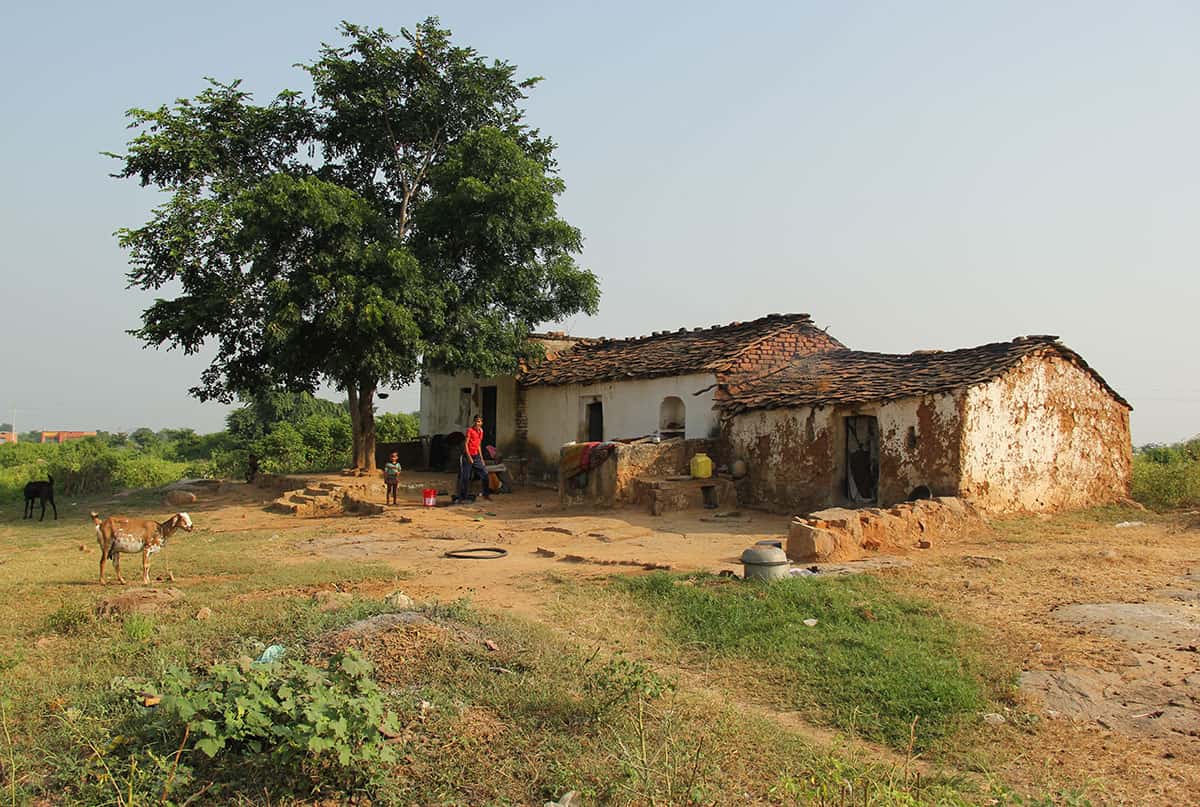
Geographically, the region is dry and undulating, with rocky terrain that causes rainwater to flow into the streams instead of absorbing into the ground. When these streams dry up in summer, the villagers have to walk one to two miles in search of potable water because the wells in their village do not hold water throughout the year.
Initially, it was difficult for children and the center’s workers to cope with their basic needs within the premises.
They used to buy more than 2,600 gallons of water every week, but it was expensive and just wasn’t enough. Therefore, they made one of their kitchen staff responsible for ferrying water daily from another village.

“It was not easy riding a bicycle with filled water jars on the bumpy village road. I had to travel five times back and forth every day and my health was breaking,” says Rahul, one of the kitchen staff.
The lack of safe water and a sanitation facility at the center disrupted their normal operations. The girls often went home when they had to relieve themselves. Sometimes, children missed the center’s activities to accompany their parents and siblings to fetch water.
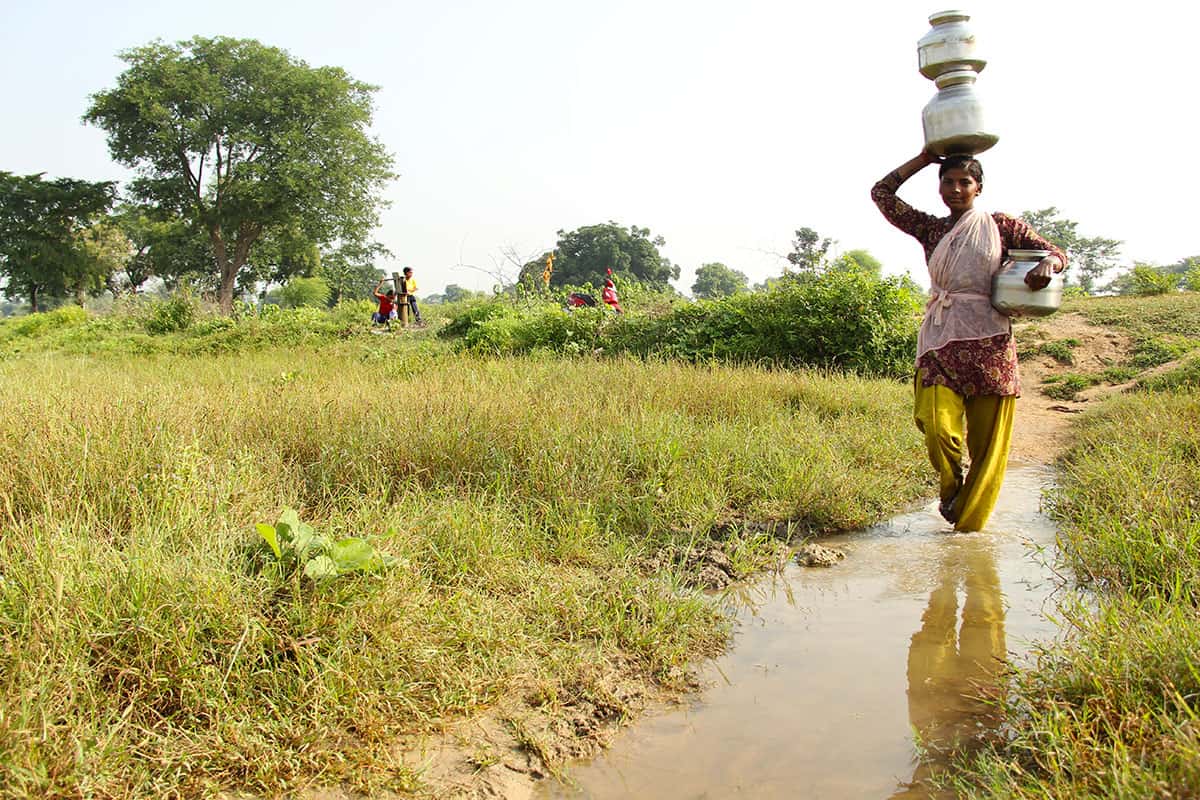
One of the children who attends the program, Dhiraj, says, “My mother and I would go to fill water in the morning. When we had to wait in the line, I would be late for the project and school.”
Gradually, children started falling ill with frequent bouts of vomiting, skin infections, and stomach disorders. They had been drinking from the well because often the center would run out of drinking water.
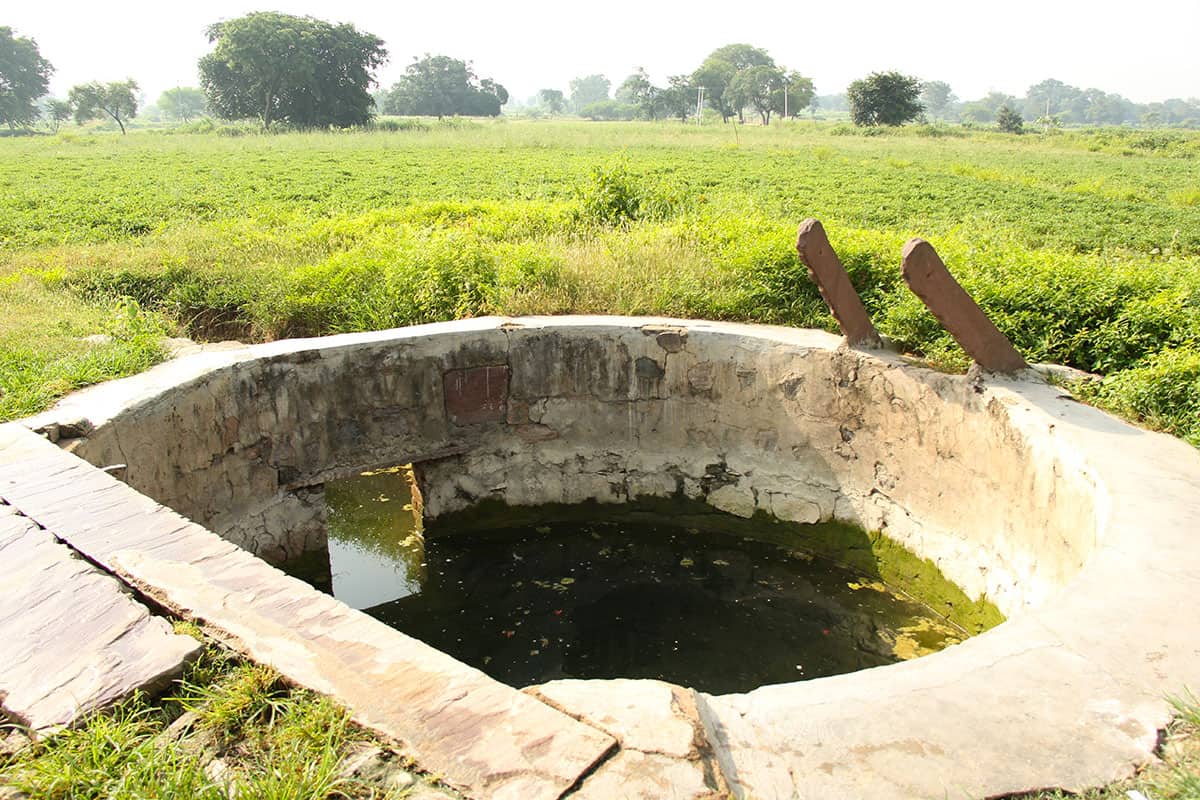
The surrounding area next to the well was often dirty because the villagers used to bathe their cattle there, thereby contaminating the water.
“The well water was smelly. Many children got diarrhea, but as there was no other water source in the vicinity, we used to drink from it,” says Rajesh, a child enrolled in the program.
The development center and its director, Mohan, realized that the problem needed to be addressed urgently, so they went through the approval process for our Complementary Intervention Program (CIV).
This program provided the funds needed to:
- construct a hand pump
- dig an open well
- install a water purifier and cooler
- buy a generator to pump the well water into the overhead tanks
- build a rainwater harvesting structure
- construct toilet blocks for the children and center staff

The installation of the water facility and toilet blocks at the center has resulted in significant improvement in children’s hygiene and health.
The incidence of sickness in children has reduced drastically. Child absenteeism has reduced from 12 percent in 2012 to 5 percent in 2013.
“We no longer drink the well water because we have access to clean water at our center. In the summer, it feels good to drink cold water from the water cooler,” says Rajesh.
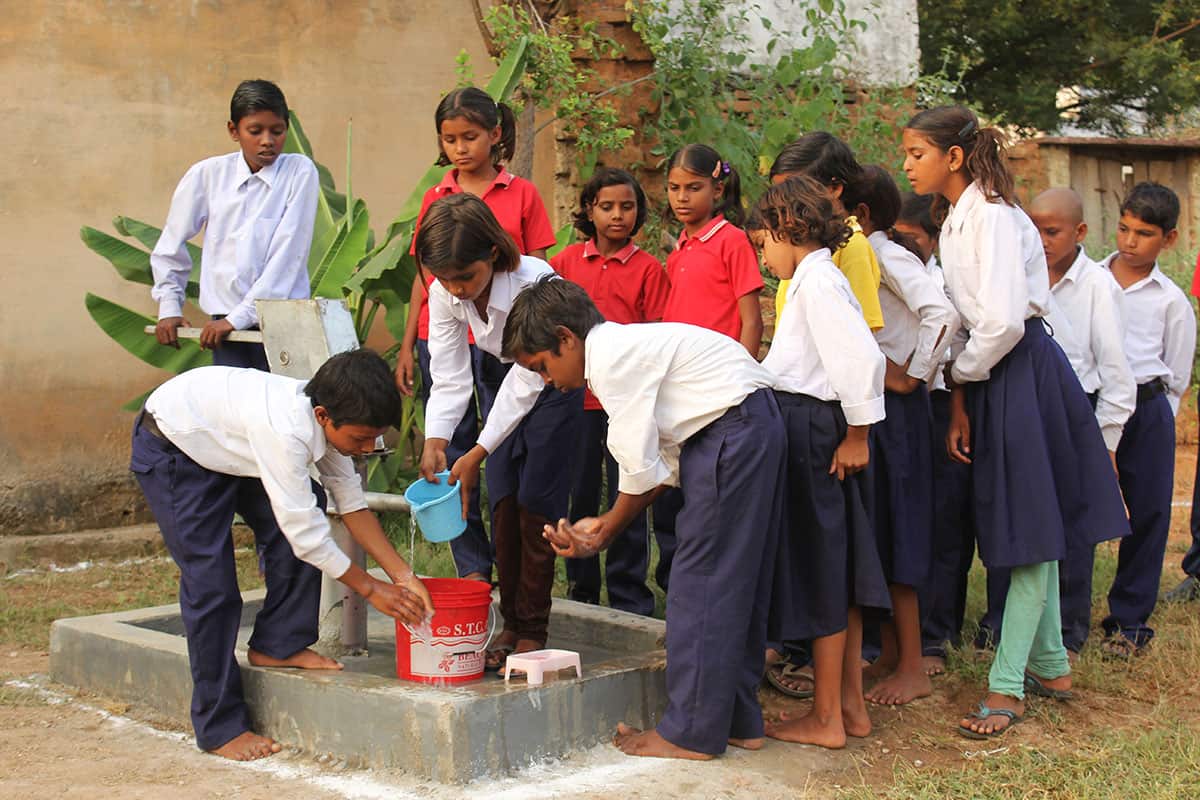
Before the installation of the water and sanitation facility, children lacked basic knowledge of hygiene. Hand washing is not common in the villages and this triggered frequent illness among the children.
The center now periodically organizes hand-washing exercises to reinforce its importance.
However, improving hygiene habits among the parents was difficult and time consuming.
This was addressed during the monthly parents’ meeting, during which the center continually emphasized the merits of hand washing for health preservation, different health and hygiene related issues, and the importance of using toilets instead of going into the groves to relieve themselves.
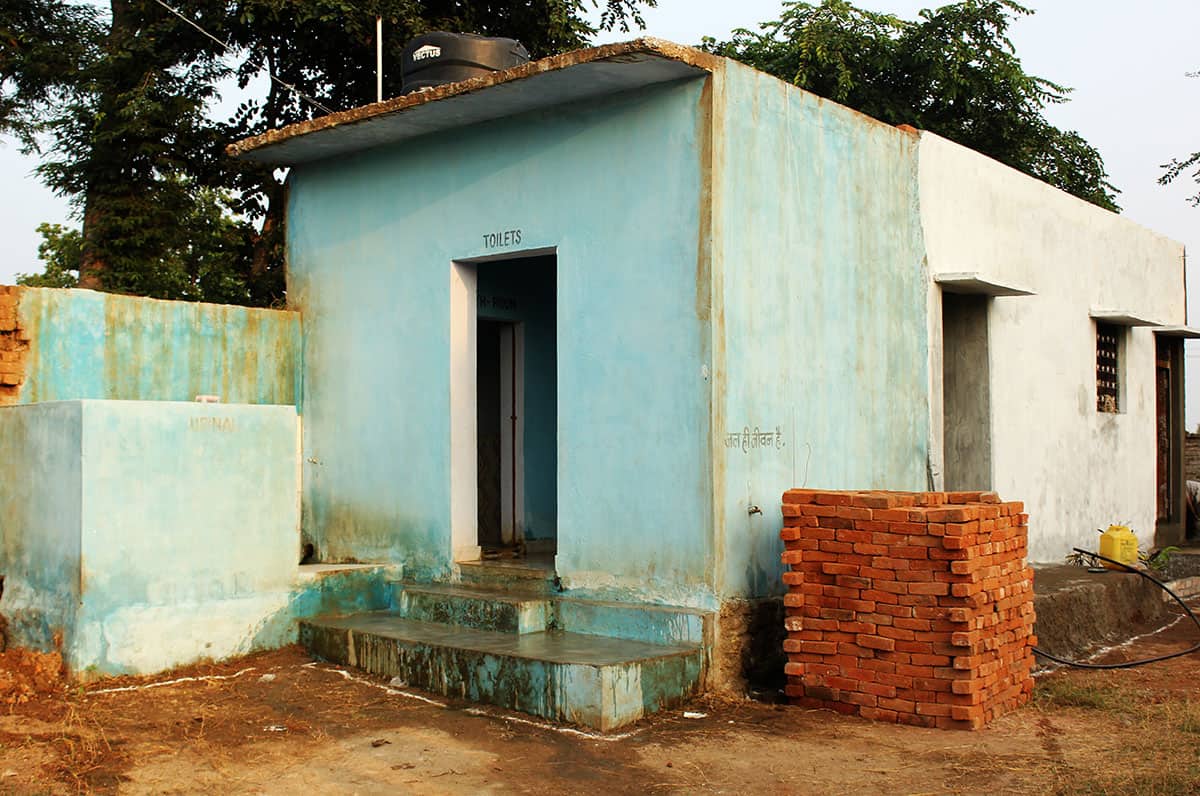
Today, the water and sanitation facility not only benefits children, but many families who live around the project. Almost 50 families are currently using the facility.
The center has also made a significant contribution by educating and empowering the community residents to unite for their own cause and voice their concerns at the right place to find a solution.
In 2012, they mobilized more than 100 beneficiaries’ parents as well as the village committee head, and they met the district collector to discuss the water issue.
Hearing their case, the matter was referred to the higher level, and within a month engineers were sent to survey the village. The work order was approved and three hand pumps were installed in three villages surrounding the development center’s community.
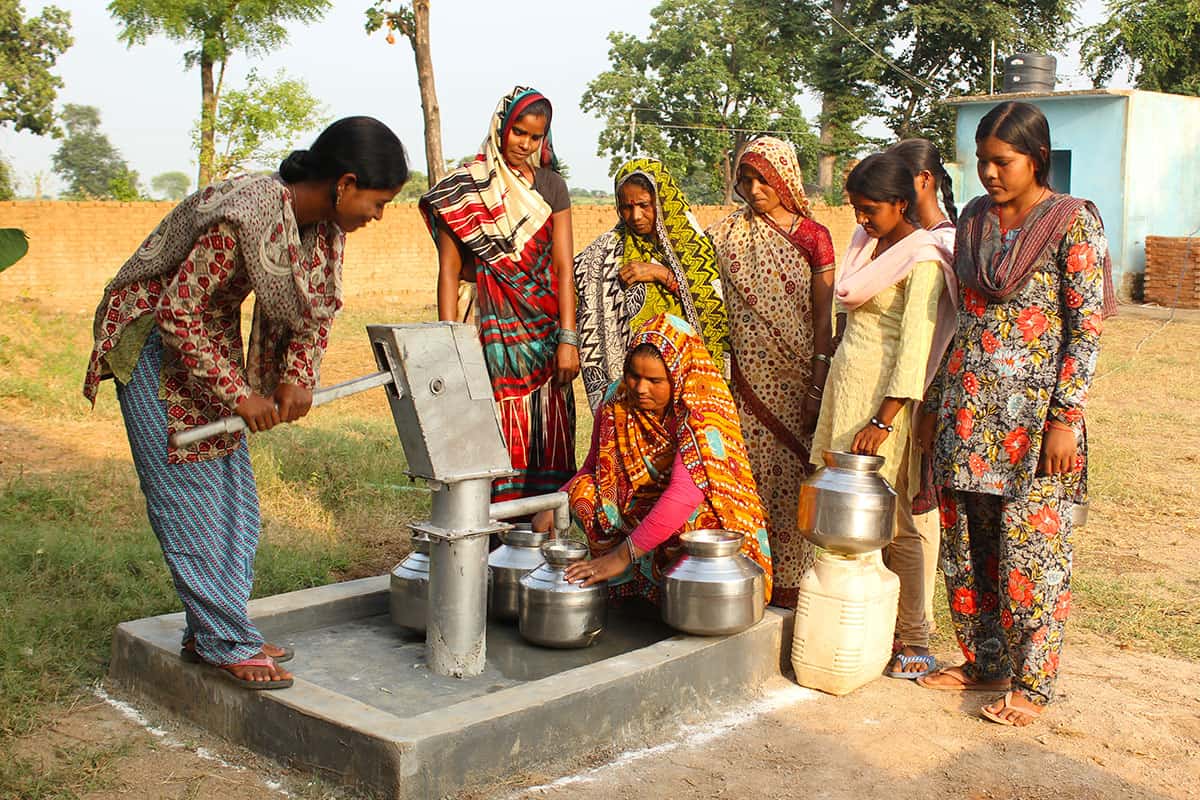
The hand pumps have ensured that villagers no longer have to struggle for safe drinking water. But because the water level falls during the summer, the center staff wanted to address the need for a reliable, sustainable water source and consulted a few experts.
During an open-air meeting with the community head and the beneficiaries’ parents, Mohan proposed the idea of digging ditches around the village. This would allow them to collect the rainwater, which will recharge the ground water and help retain the water level in the hand pumps and dug wells during summer.
The idea was accepted and the villagers themselves executed the work of digging ditches around the entire village, especially near the hand pumps and dug wells.
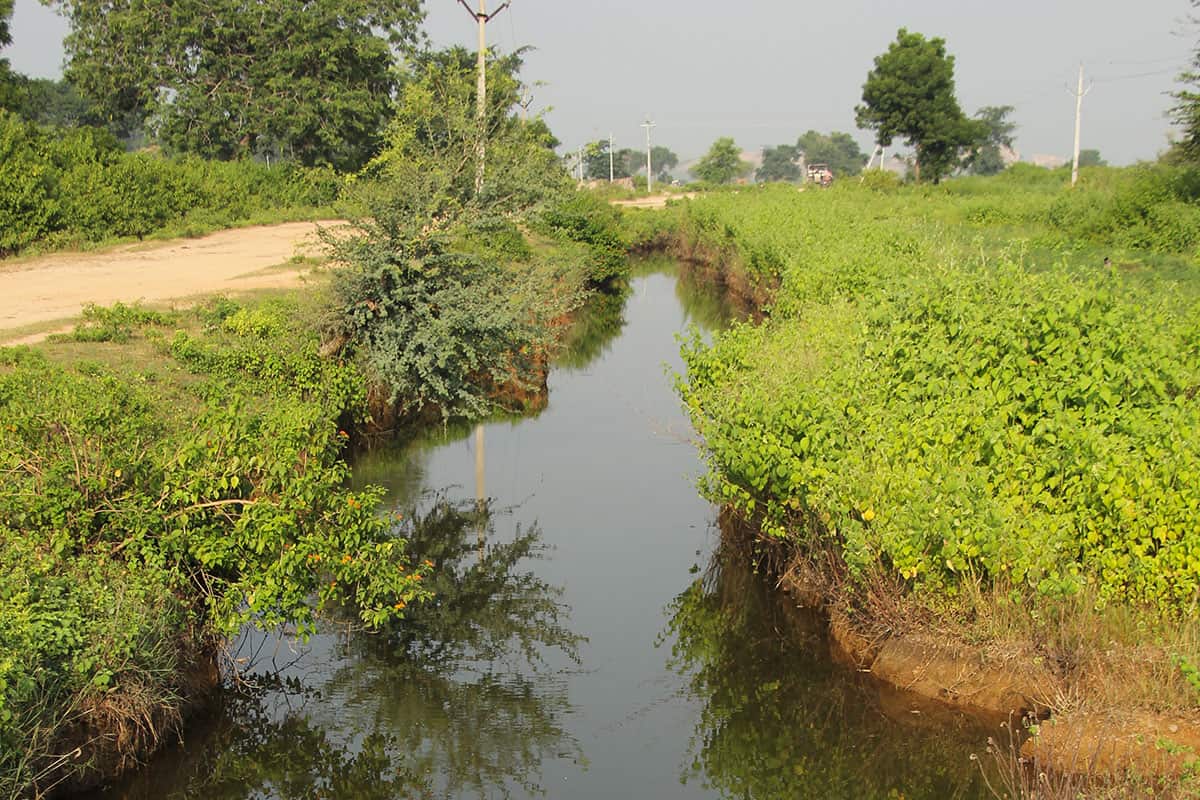
“It has only been a year, but the new initiative has proved successful. The community’s dug wells, which used to dry up, now have sufficient water even for irrigation. The water level in our community has risen because of this initiative, and it has influenced other community heads in the surrounding villages to replicate our model,” says Mohan.
The wait for safe drinking water in the community is finally over and many families are gradually coming forward to build toilet blocks at their home. This is a big mind-set change for the villagers.
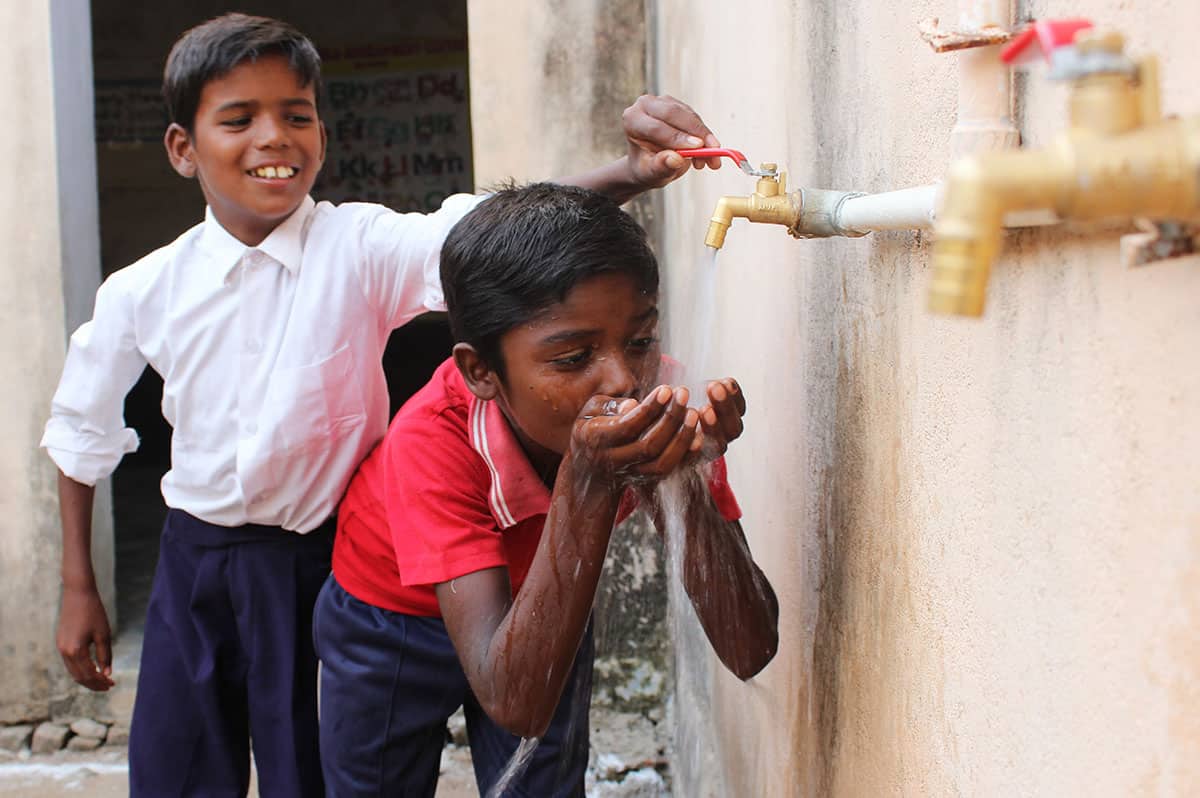
Children in the community who were once without hope are not only beginning to have dreams, but are living healthy lives, sharing their learning at home and educating their peers in the neighborhood to live a disease-free life by embracing good health practices.
And the community is now united in making sustainable water a part of their future, creating real hope for healthier lives for all.







1 Comment |Add a comment
So thankful for all you do around the world. My Aline in Mexico loves her school!